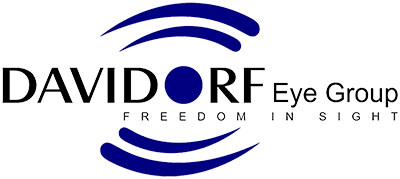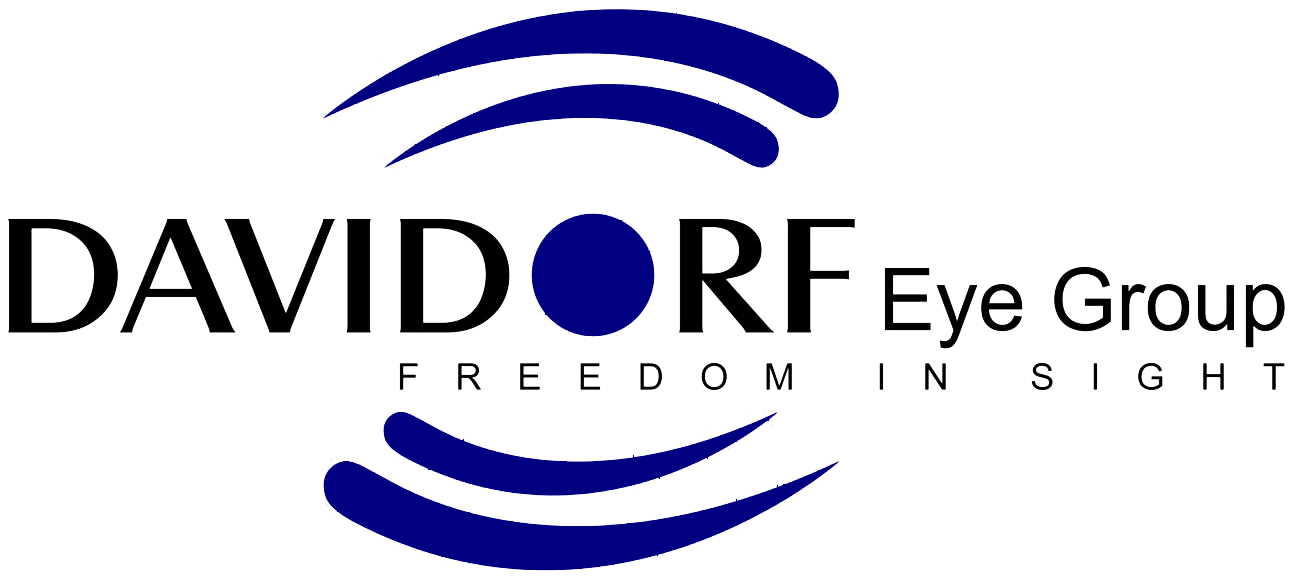A patient recently visited our office whose treatment plan required a creative approach due to the condition of his eyes and vision. The patient demonstrated extreme hyperopia (farsightedness of over 11 diopters in each eye) and astigmatism (3.5 diopters in each eye), mild cataracts and rather significant shallowing of the area of the eye where fluid drains out. Patients with farsightedness tend to have shorter eyes, which can crowd this “drainage angle.” If fluid has trouble leaving the eye due to this crowding effect, an acute case of narrow angle glaucoma can result. Rather quickly, these patients can sustain damage to their optic nerve and ultimately lose vision.
Typical treatment of eyes with narrow angles involves either a laser iridotomy (a small laser opening created in the peripheral part of the iris) or cataract surgery. In the case of this patient, cataract surgery could serve a 4-fold benefit of:
Correcting the patients cataracts
Creating more space to permanently open the narrow angles
Correction of the high farsightedness
Correction of the high astigmatism
The treatment can be performed with “eye drop anesthesia,” and the patient is able to go home the same day. The eyes can be treated within a relatively short time of each other to minimize the severe imbalance that these patients have in the intervening period prior to the second eye being treated.
This patient’s eyes posed one additional problem. While there are several different lens implants for cataract patients which address a variety of vision needs, this patient required an astigmatism correcting (“toric”) lens implant. Due to the magnitude of his refractive error, he needed a toric lens implant with a power of 38D; however, the highest power available is 30D.
To effectively correct this patient’s vision, we put two lens implants in each eye. The lenses consisted of one high power (30D) toric lens and a second (8D) lens placed in front of the first lens to correct the remaining refractive error. This “piggyback” lens technique is not suitable for all eyes. Fortunately, the removal of the cataract created enough space in the eye to allow both lenses to be positioned properly.
Ultimately, this patient is able to see 20/25 at distance without glasses! For the first time in his life he can drive without using thick, heavy spectacles. The toric lens has allowed his quality of vision to improve as well. Another fortuitous result is that he is able to read without glasses, as if his new lens implants are actually adjusting focus like that of a 35 year old. It appears that there is actually some accommodation (changing of focus) with the two lenses that is not typical of single focus lens implants.



